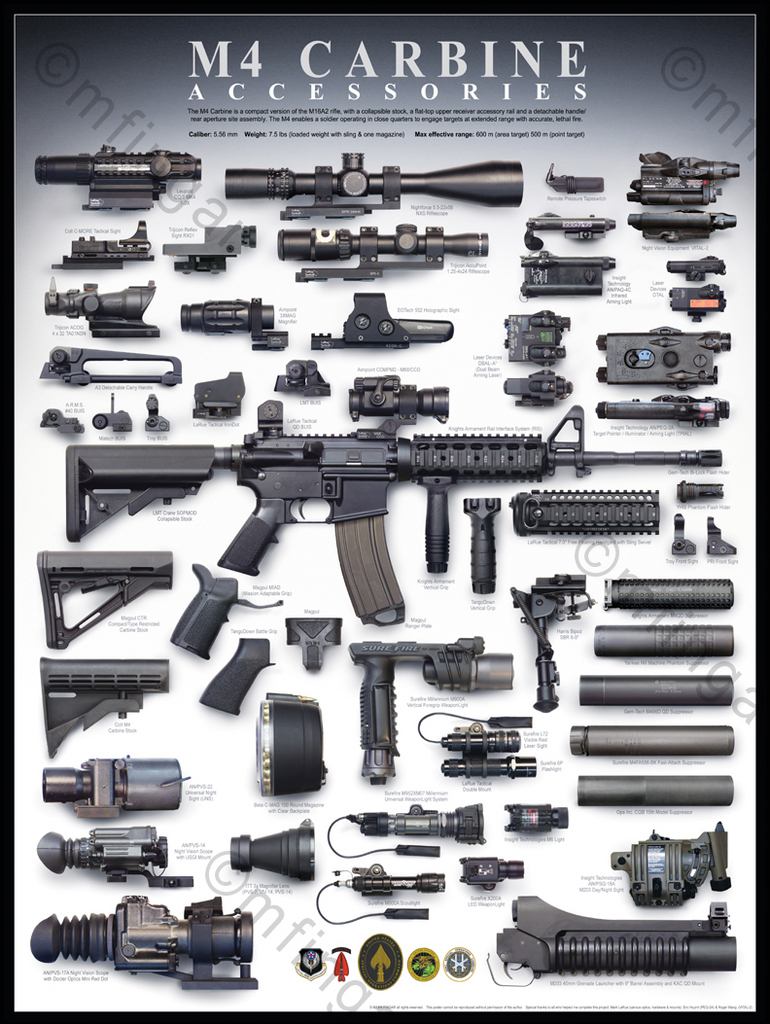 |
In both civilian use and among the military's lighter armored soldiers, it is common to use a carbine. However, due to some of the reasons mentioned elsewhere in this article, such as muzzle blast and recoil, these carbines generally chamber lighter rounds than some of their heavier (or shorter) counterparts. Due to the low wounding power of a single round, personal defense weapons depend on high volumes of fire for effectiveness. This may make such carbines successful in military use. However, firing a pistol effectively at any significant range requires good training, since the absence of a buttstock makes precise ranged aim difficult. |
|
|
|
| In addition, due to the development of body armor, support personnel required a compact weapon with more penetration than the traditional submachine gun, leading to the development of the personal defense weapon, or PDW, which uses rounds that have better ballistics than simple pistol rounds but less power and range than full rifle rounds. Examples include the FN P90 and HK MP7. Whether these ultra-light weapons will be widely adopted has yet to be seen. The cartridge used by the FN P90, the 5.7 x 28 mm, for example, fires a 2.9 g (45 grain) armor piercing bullet at velocities of around 700 m/s (2300 ft/s). The H&K MP7 fires an even smaller 4.6 mm round with ballistics similar to the .22 WMR derived .17 Hornady Magnum Rimfire. The small diameter rounds enable the projectile to travel at the high velocity needed to penetrate Kevlar armor, as a light weapon with sufficient energy to push a large caliber bullet through the armor would have prohibitive recoil. The small bullets are generally designed to tumble after penetration. Some weapons designed for personal defence do still use full-power ammunition, for example the carbine version of the L85A2 issued to British tank crews. |
 |
|
|
|
|
|